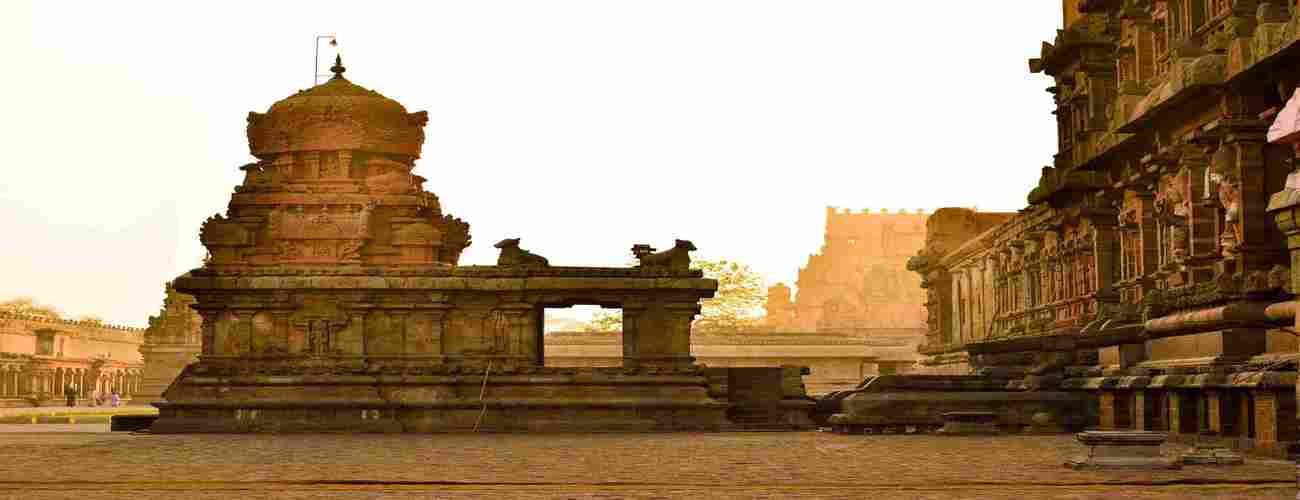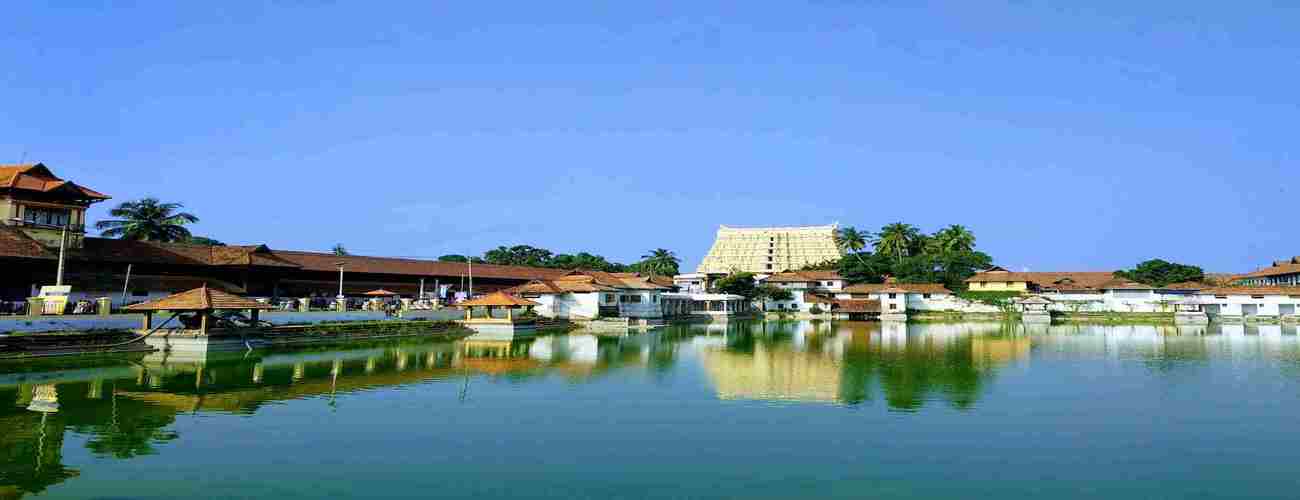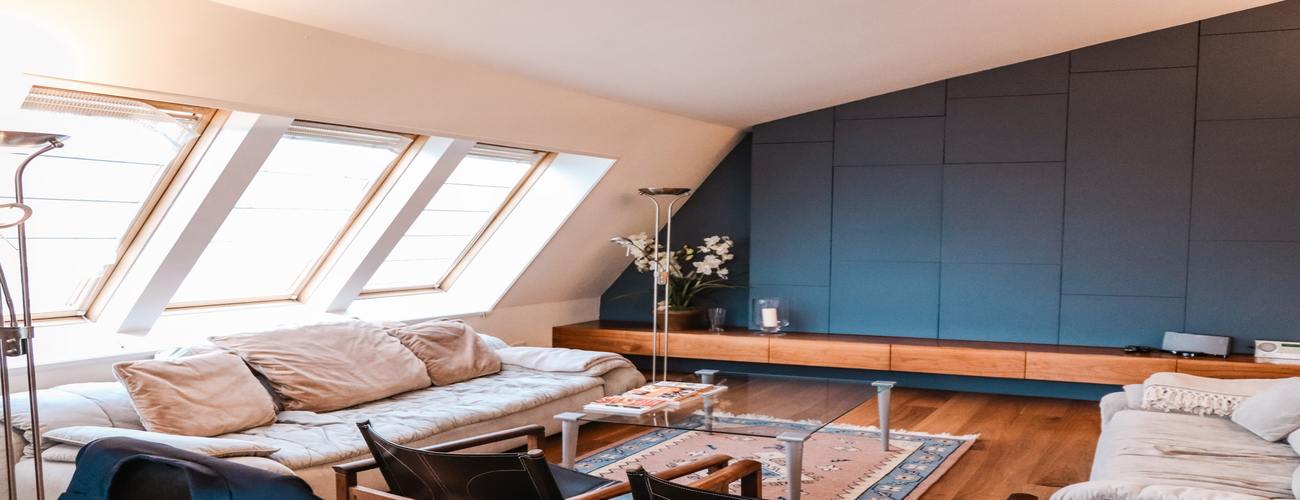India being one of the biggest democratic nations in the world has also given rise to several of the world's major religions such as Hinduism, Buddhism, Jainism and Islam. The very first examples of Indian art comes from the Indus valley during the Civilization that flourished from 3200 BC to 2000 BC. Most of the art forms represent human or animal figures. Bronze statues of Buffaloes, Rhinoceros and Elephants are still preserved. During the Mauryan Dynasty which was between 321 BC to 184 BC several important monuments and stone pillars were made. The most famous of the Mauryan ruler was Emperor Ashoka who made Buddhism the state religion. During his time several sculptures of Buddha were constructed. Later the Gupta dynasty emerged where images of Hindu Gods were carved into rock in manmade Caves, houses and temples. Elaborate carvings made on the temple was are still preserved in its authentic beauty. The Choladynasty had outstanding bronze statues and figures of Hindu gods during the time from 8000 to 1200 AD.
Architecture wise the caves of Ajanta and Ellora are world famous. They have created whole temples carved from single rock structures. The temples itself are an Architecture wonder. Outstanding examples include the ones at Khajuraho, Bhubaneswar and Somnath. Under the patronage of Islam sultans and Emperors a variety of Indo-Islamic architecture styles had been developed. A Masterpiece of this Architecture is the world renowned Taj Mahal. The origin of these notable examples might be forgotten but here in Sigma College, one of the Top Architecture Colleges in South India we dedicate our time to educate our students of these outstanding examples.








